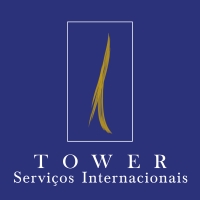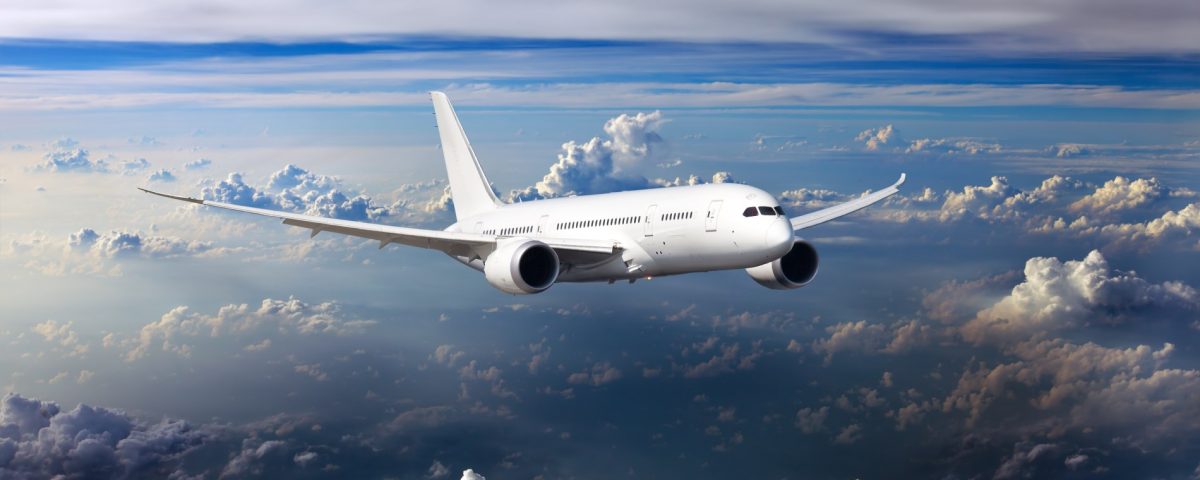Pandemic opens up a sky of possibilities for business aviation
Charter companies register 12% increase since the beginning of the crisis
After storms starting in 2014, business aviation began to see time open in the last quarter of last year, when positive numbers in the segment accredited 2020 to a season of high flights, in an increasingly clear sky. “Since 2014, our economy is very bad. We started breathing a little better at the end of 2019. The expectations for 2020 were very good ”, comments Flávio Pires, general director of the General Association of Aviation Manufacturers (Gama).
In fact, the figures for the past few years point to a slow recovery. The general aviation fleet from 2017 to 2018 grew 0.84%: from 15,361 aircraft to 15,490. From 2018 to 2019, the fleet took an even smaller step: 0.48%, and we reached 15,564. And if 313 aircraft entered the country in 2019, many flew in the opposite direction. According to the association’s analysis, the scenario presents a sector in recovery – the aviation market opened 2020 with great optimism, pushed by the relatively strong last quarter.
“In 2019, there was a greater negotiation on jets, which is a sign of improvement in the segment – when the entrepreneur invests in more expensive aircraft, he shows that he believes in a better horizon as well. The sale of jets surpassed that of turboprops and other aircraft, ”concludes Flávio. The association informs that the aircraft segment with the highest record of imports was that of jets (62%), followed by turboprops (24%), piston aircraft (12%) and helicopters (2%).
“When the entrepreneur invests in more expensive aircraft, he shows that he believes in a better horizon too”, says Flávio Pires, general director of Gama
The overwhelming impact of the Covid-19 pandemic on scheduled commercial aviation created opportunities for air taxi companies to transport passengers and cargo. On March 27, Anac (National Civil Aviation Agency) authorized the transport of biological loads (exams, samples, tests, vaccines, medicines, medical equipment and hospital supplies), through a decree with the objective of helping the country in fighting the virus.
EMBRAER’S BALANCE SHEET
The interior of the Praetor 600
The good winds that blew at the beginning of the year reflect Embraer’s 2019 numbers – and the strength of the last quarter. The company’s consolidated net revenue was R $ 21,802,100, an amount that corresponds to a 16% growth compared to 2018 – a jump caused mainly by the exchange rate variation in the period, but also by the growth in the revenue of the defense and security divisions ( 39%), executive aviation (35%) and services and support (16%). According to Embraer, in 2019, the company’s commercial aviation area represented 40.9% of total revenues; executive aviation, 25.9%; services and support, 19% and defense and security, 14%.
With the delivery of 46 aircraft in the fourth quarter of 2019 (ten more than in the same period in 2018), the share of executive aviation revenue in that quarter rose to 29.8%. In the whole year, the number of executive jet delivery reached 109 (91 in 2018). The company closed 2019 with $ 1.4 billion of orders for these aircraft in its portfolio.
Embraer’s most delivered models continue to be the Phenom 300 and Phenom 300E jets, the fastest single-pilot and with the longest reach in the world – there are already 530 deliveries of the Phenom 300 since December 2009. And, with just over a year of launch , the Praetor 500 and Praetor 600 gained prominence in the category thanks to the technological advances they carry.
In its efforts against Covid-19, Embraer started delivering components for the assembly of pulmonary ventilators in the first week of April. The initiative, led by her, involves seven other companies in the aeronautical sector in the region of Vale do Paraíba and Campinas (in the interior of São Paulo). The companies will support the manufacture of 5,000 devices.
EXPERIENCE IN TSUNAMI AND EARTHQUAKE
Among the aircraft most sought after by the Brazilian customer in the light and superlight categories of the Air Charter Service, there is the Phenom family, with versions 300 and 100. The stars among the midsize: Cessna Citation XLS and Cessna Citation Sovereign. For longer flights: machines like the Gulfstream G650 and Bombardier Global. Ana Benavente, executive director of ACS for South America, informs that the company’s revenue in Brazil in 2019 was approximately R $ 34 million, while that of the global operation was equivalent to R $ 3.14 billion – a growth of 15 % nationally and 10% internationally.
“From the beginning of the pandemic until the middle of April, we saw an increase of around 30% in demand”, says Ana. She explains that the company has three divisions: charter of executive jets, charter for groups and cargo charter. “We went through three moments: in the beginning, an increase in the demand for executive flights for the repatriation of executives and families; in a second step, increased demand for groups on flights for the repatriation of tourists and company employees; and, since the beginning of April, a great demand for chartering.
Source: forbes.com.br/forbeslife/2020/08/pandemia-abre-um-ceu-de-possibilidades-para-a-aviacao-executiva/

